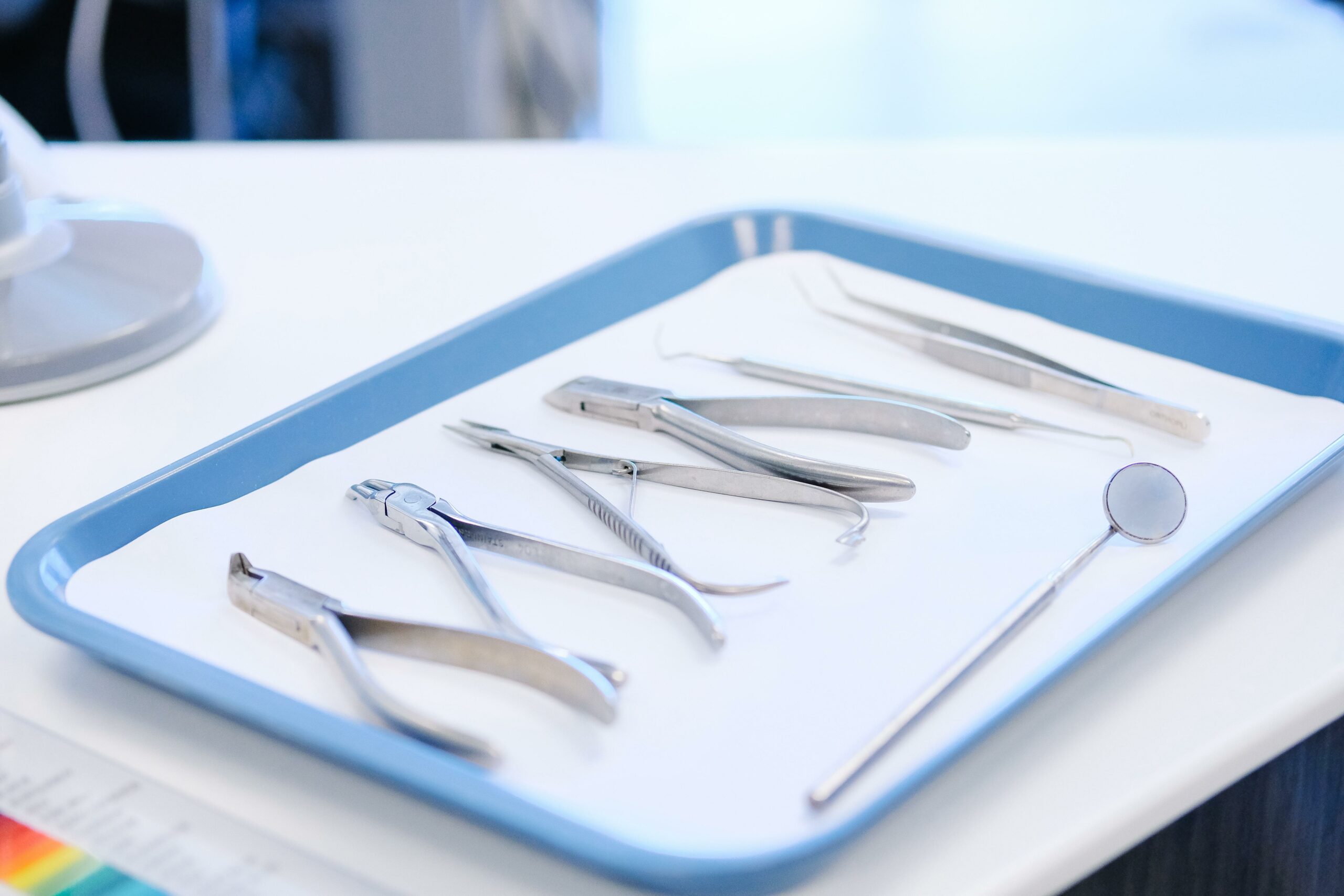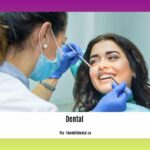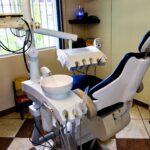In today’s world, where sugary snacks and acidic beverages have become everyday indulgences, oral health is often overlooked by young adults. However, recent studies have unveiled a concerning trend among 20-year-olds – a rising cavity count. As a seasoned dentist with years of experience, I have witnessed firsthand the impact of poor oral hygiene on this age group. In this article, we delve deep into the underlying reasons behind this unfortunate rise and explore effective preventive measures to ensure optimal dental wellness for our young adults. So, buckle up as we embark on the journey to unravel the mysteries of the escalating number of cavities in 20-year-olds.

The Rising Cavity Count among 20-Year-Olds: Unveiling Dental Trends
As a seasoned dentist with over a decade of experience in oral health care, I have witnessed firsthand the increasing number of cavities among 20-year-olds. It is a concerning trend that demands our attention. By delving into the statistics and analyzing dental trends, we can gain valuable insights into the prevalence and contributing factors behind this rise in cavities.
The Average Number of Cavities in 20-Year-Olds
While the average number of cavities among 20 to 64-year-olds is 3.39, which includes the higher age range, it is vital to focus specifically on young adults. Among 12 to 20-year-olds, the average number of cavities is relatively low at 1.03, suggesting that younger individuals tend to have fewer cavities overall. However, this should not undermine the importance of maintaining good oral hygiene habits during the transition into adulthood.
Contributing Factors to the Rise in Cavities
Several factors contribute to the increasing number of cavities among 20-year-olds. Firstly, children are more prone to cavities, with an average of 2 to 3 cavities on average. If these cavities are not adequately treated or preventive measures aren’t followed, they can progress into adulthood, leading to an increased number of cavities in 20-year-olds.
Furthermore, certain demographics, such as black and Hispanic adults, younger adults, and those with lower incomes and less education, tend to have more untreated decay. This highlights the importance of addressing oral health disparities and ensuring that dental resources are accessible to everyone, regardless of their background or socioeconomic status.
The Impact of Cavities and Untreated Decay
The repercussions of cavities and untreated decay extend beyond their immediate effects. Adults aged 20 to 64 have an average of 3.28 decayed or missing permanent teeth, significantly impacting their oral health and overall well-being. Additionally, these individuals have an average of 13.65 decayed and missing permanent surfaces.
Moreover, children from low-income families are twice as likely to have untreated cavities compared to higher-income children. This disparity points to the need for improved access to dental care and educational resources for underserved communities, promoting early intervention and preventive measures, such as regular check-ups and proper oral hygiene practices.
Preventing Cavities in 20-Year-Olds
Preventive dental care plays a crucial role in reducing the number of cavities among 20-year-olds. It is imperative for young adults to prioritize their oral health and adopt healthy habits. Consistent brushing, flossing, and using mouthwash can go a long way in maintaining optimal dental hygiene.
Moreover, developing a well-rounded approach that considers dietary choices and lifestyle habits is essential. Limiting sugary drinks and snacks, avoiding tobacco use, and attending regular dental check-ups can significantly contribute to preventing cavities and maintaining good oral health throughout one’s life.
“Preventive dental care is the key to reducing the number of cavities in 20-year-olds. Adopting healthy habits, such as consistent brushing and flossing, combined with regular dental check-ups, can make a significant impact on their oral health.”
As an analogy, just as we take our cars for regular maintenance to prevent major breakdowns, we must approach our dental health proactively. By addressing issues early on, we can prevent small cavities from escalating into more significant problems, such as root canals or the need for dental crowns.
Conclusion
The rising number of cavities among 20-year-olds is a concerning trend that demands attention. By understanding the contributing factors and emphasizing the importance of preventive dental care, we can work towards reducing the prevalence of cavities in this age group. It is crucial to educate and raise awareness among young adults about the significance of good oral hygiene habits and regular dental check-ups. Let us strive to achieve better oral health outcomes for 20-year-olds by promoting dental wellness and instilling healthy habits that last a lifetime.
“Addressing the rising cavity count among 20-year-olds requires a collective effort to prioritize preventive dental care, raise awareness, and ensure access to oral health resources. Let us work together to foster a generation of young adults with excellent oral health and a cavity-free future.”
Caring for your dental health is essential, and understanding the average number of cavities by age 20 can help you stay proactive in your oral hygiene routine. Did you know that cavities are one of the most common chronic conditions among young adults? To stay informed and prepared, click here to discover the average number of cavities by age 20. Whether you’re a concerned parent or want to take better care of your own teeth, this information will empower you to make informed decisions for your dental health. So, don’t wait any longer – click now and uncover the key facts about cavities at a young age.
Average Number Of Cavities By Age 20
FAQ
Question 1:
What is the average number of cavities found in 20-year-olds?
Answer 1:
On average, 20-year-olds have approximately 1.03 cavities. This lower number compared to other age groups can be attributed to the fact that younger individuals tend to have healthier dental habits and fewer years of cumulative exposure to cavity-causing factors.
Question 2:
Are children more prone to cavities compared to 20-year-olds?
Answer 2:
Yes, children are indeed more susceptible to cavities. On average, children aged 12 to 20 have 2 to 3 cavities. This can be attributed to various factors, including less developed oral hygiene habits and the consumption of cavity-causing foods and beverages.
Question 3:
Do certain demographics have a higher prevalence of untreated cavities among 20 to 64-year-olds?
Answer 3:
Yes, studies have shown that individuals with lower incomes, lower educational backgrounds, and belonging to racial or ethnic minority groups, such as Black and Hispanic adults, tend to have a higher incidence of untreated tooth decay. This highlights the importance of addressing oral health disparities and improving access to dental care for these populations.
Question 4:
What is the average number of permanent teeth affected by decay or loss among 20 to 64-year-olds?
Answer 4:
Among the age group of 20 to 64-year-olds, the average number of decayed or missing permanent teeth is 3.28. This further emphasizes the need for preventive measures and regular dental check-ups to maintain oral health and prevent tooth loss.
Question 5:
Are cavities a common issue among adults in the United States?
Answer 5:
Yes, cavities remain a prevalent concern among adults in the United States. It is estimated that about 90% of adults aged 20 and older have experienced at least one cavity during their lifetime. While the prevalence has decreased in recent years, it is still necessary to prioritize oral hygiene practices and regular dental visits to avoid cavities and maintain good oral health.
- Unraveling Einstein’s Legacy: Who Inherited His Genius? - July 14, 2025
- Unlock Einstein’s Family Tree: Bernhard Caesar & Untold Stories - July 14, 2025
- Unveiling Bernhard Caesar Einstein: His Life & Albert Einstein’s Legacy - July 14, 2025
















